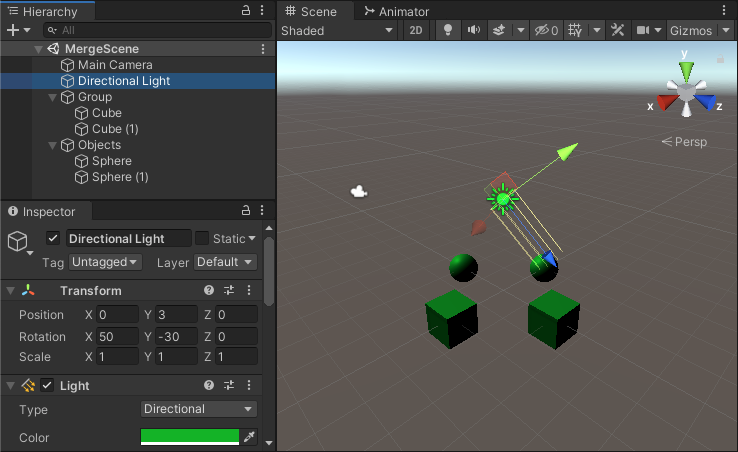

At each step, the ray must find its closest obstacle. We can think about this from the perspective of a camera rays, advancing into the material. And it is because they are amenable to composition. Given the SDFs of two different spheres, how can we merge them into a single SDF? There is another reason why SDFs are used. The concept of signed distance function was briefly introduced in Raymarching tutorial, where it guided the advancement of the camera rays into the material. A negative distance indicates that we are inside the sphere, while zero is reserved for the points of the space which actually make up the surface. If sdf_sphere returns a positive distance, we’re not hitting the sphere. We can change this function so that it returns the distance from the sphere surface instead:įloat sdf_sphere (float3 p, float3 c, float r) In the first post of this series, Volumetric Rendering, we’ve seen a hit function that indicates if we are inside a sphere or not: It takes a 3D point as a parameter, and returns a value that indicates how distant that point is to the object surface. Signed distance functions are based on the idea that every primitive object must be represented with a function. A sphere will always be smooth, regardless how close you are to its edges. You can scale up and zoom SDF geometries without ever losing detail. You can think of signed distance fields as the SVG equivalent of triangles. When you replace the geometry of a sphere with its very equation, you have suddenly removed any approximation error from your 3D engine. One of this uses signed distance functions, which are mathematical descriptions of the objects we want to represent. Despite being the de-facto standard in computer graphics, there are objects which cannot be represented with triangles. Spheres, and all other curved geometries, are impossible to tessellate with flat entities. It is indeed true that we can approximate a sphere by covering its surface with lot of small triangles, but this comes at the cost of adding more primitives to draw.Īlternative ways to represent geometries exist. How can I use VSCode as the diff/merge tool again for Unity?Īs my references for what parameters to use.The way most modern 3D engines – such as Unity – handle geometries is by using triangles. Every objects, no matter how complex, must be composed of those primitive triangles. I'm not sure if the argument names have changed but anything I have tried did not work. VSCode just opens up a new window but there is no files being compared like before. So in the field: Two-way diff command line I would simply fill in: -d #LEFT #RIGHTīy doing so, I would click the View Diff button in Unity Collaborate and it would compare both files side-by-side (this feature is built-in to vscode). Awhile back, I had found that if I put #LEFT and #RIGHT as the arguments, Unity would replace them with the respective files (I had previously tried #ABSLEFT and #ABSRIGHT which didn't work).
#BEST DIFFMERGE FOR UNITY YOUTUIBE CODE#
I then proceed to browse to the location of my visual studio code installation: F:/Programs/Microsoft VS Code/Code.exe

Right now, I go to Edit > Preferences > External Tools and change the Revision Control Diff/Merge setting to Custom Tool.

I am currently running: Unity 2020.3.14f1 I'm trying to use Visual Studio Code as my Diff/Merge tool and I'm running into some issues regarding the arguments.


 0 kommentar(er)
0 kommentar(er)
